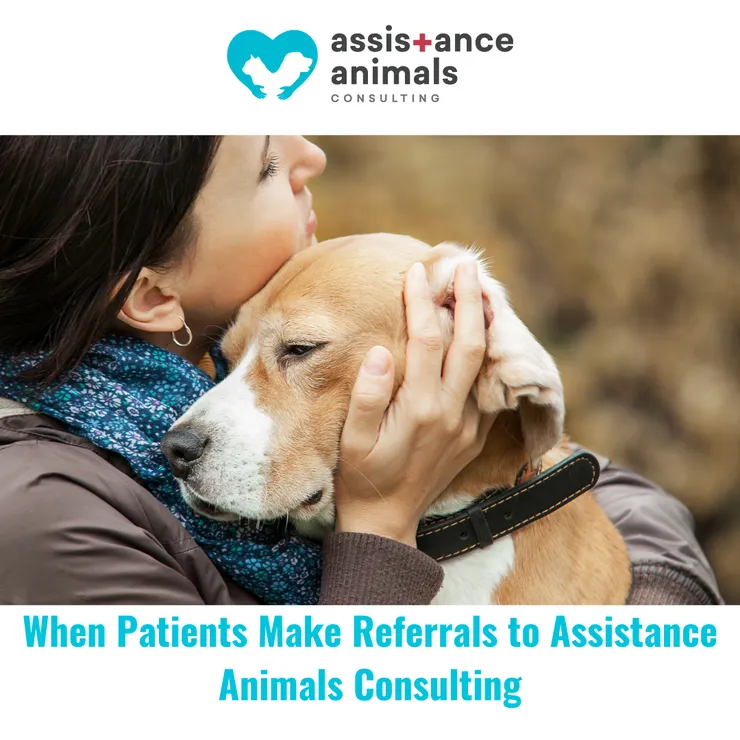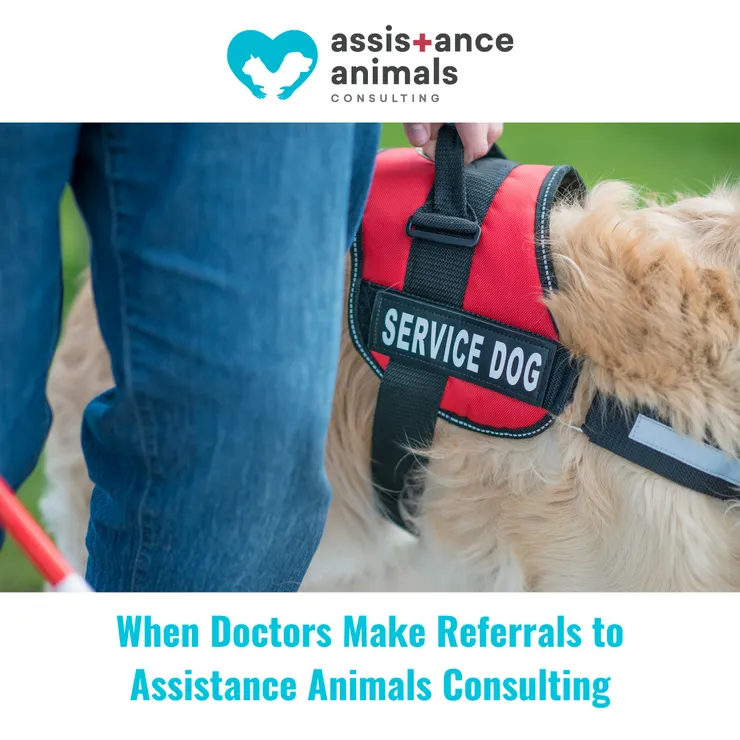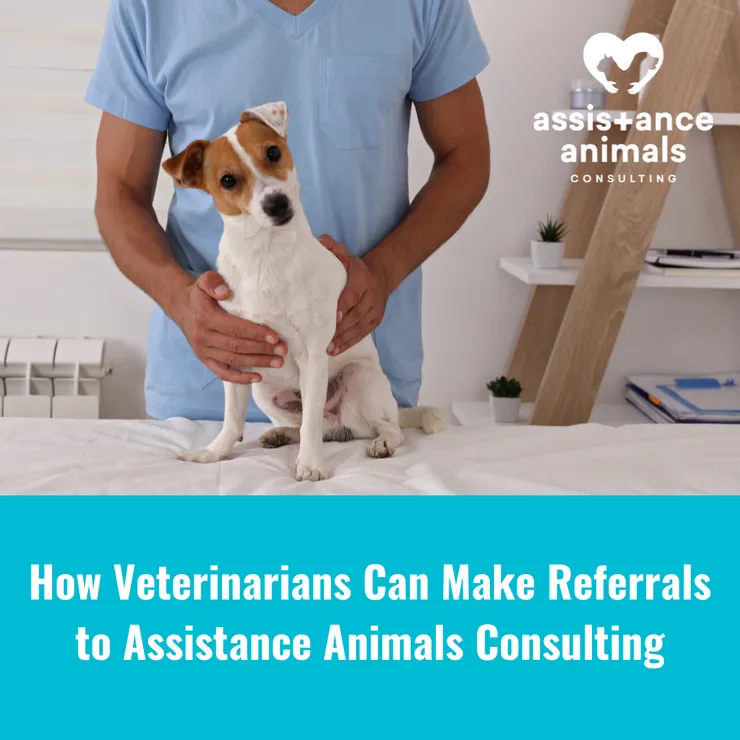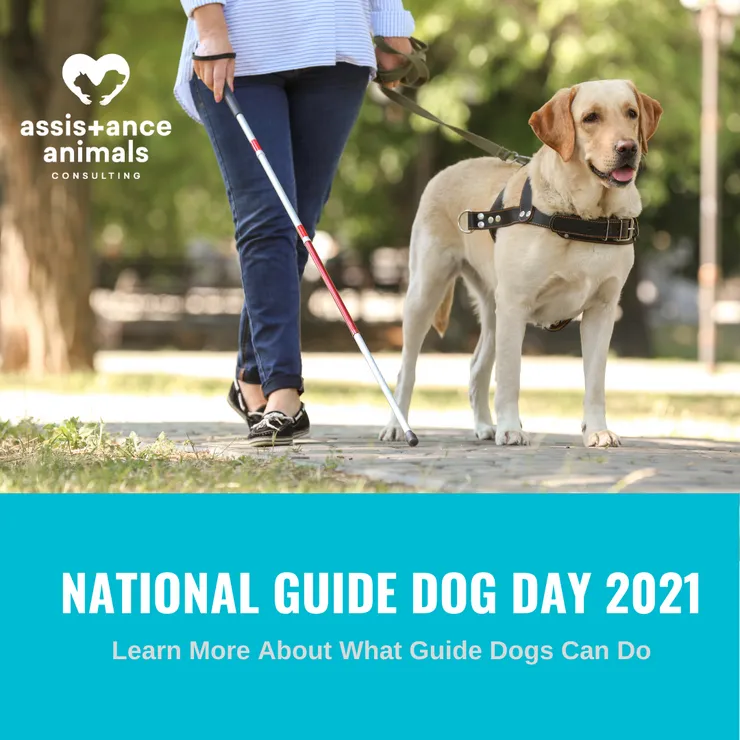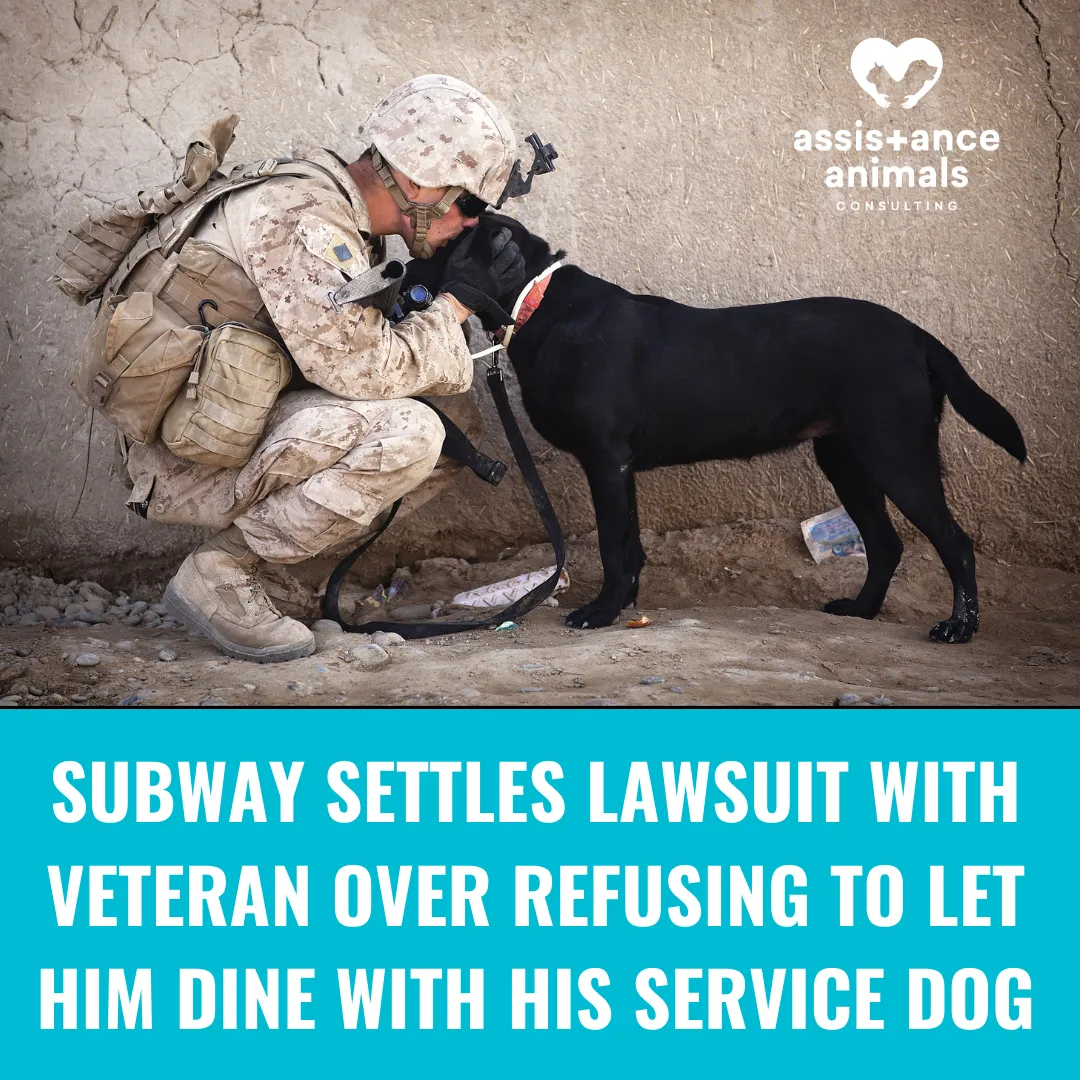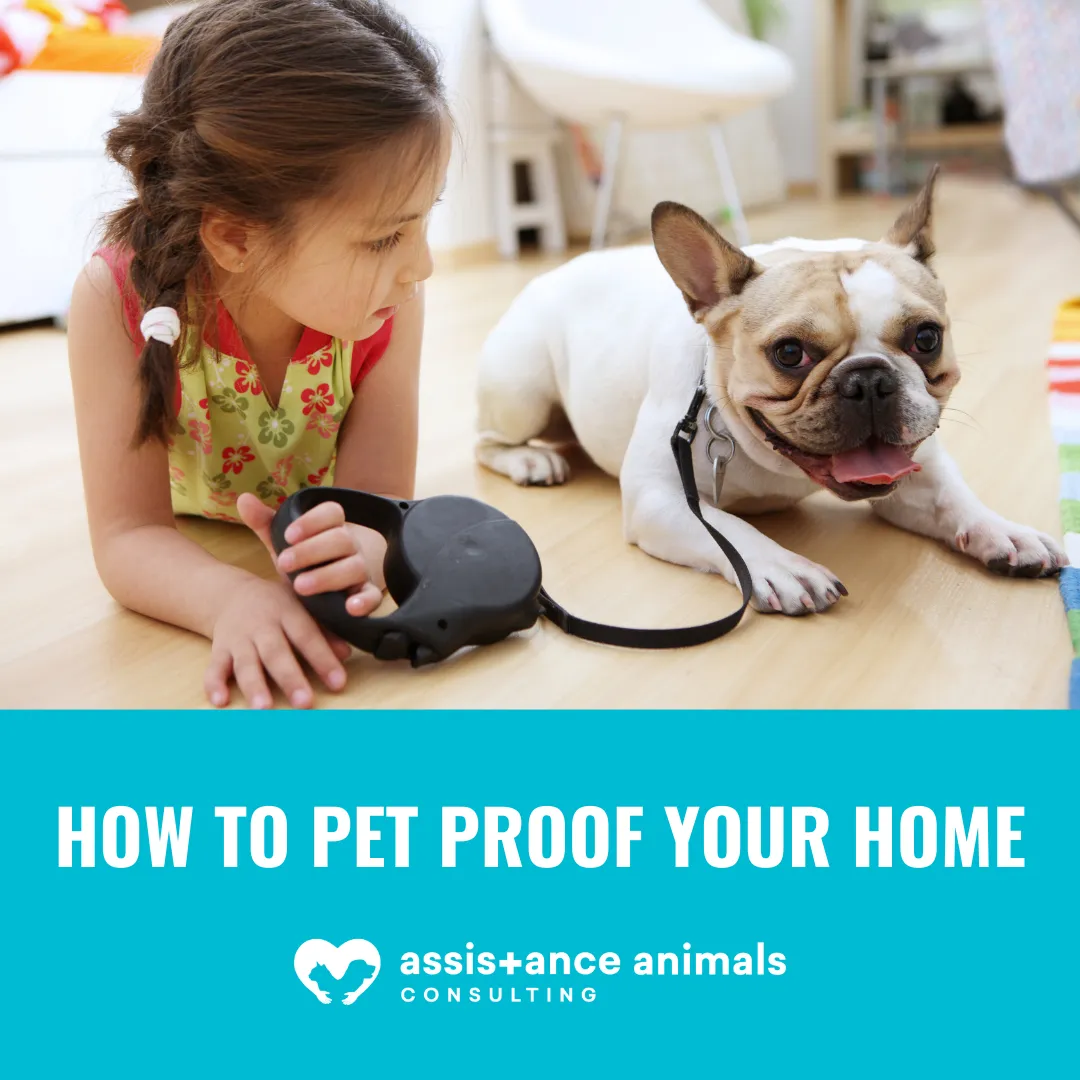7 Summer Safety Tips for Taking Care of Your Pet
7 Summer Safety Tips for Taking Care of Your Pet
Summertime means sun and fun, with lots of time for playing outdoors with your pet. Summer can be a great time to bond with your pet, but higher temperatures also mean there are some other risks for our furry companions. This includes things like injuries, skin and ear infections, and the risk of a heat stroke.
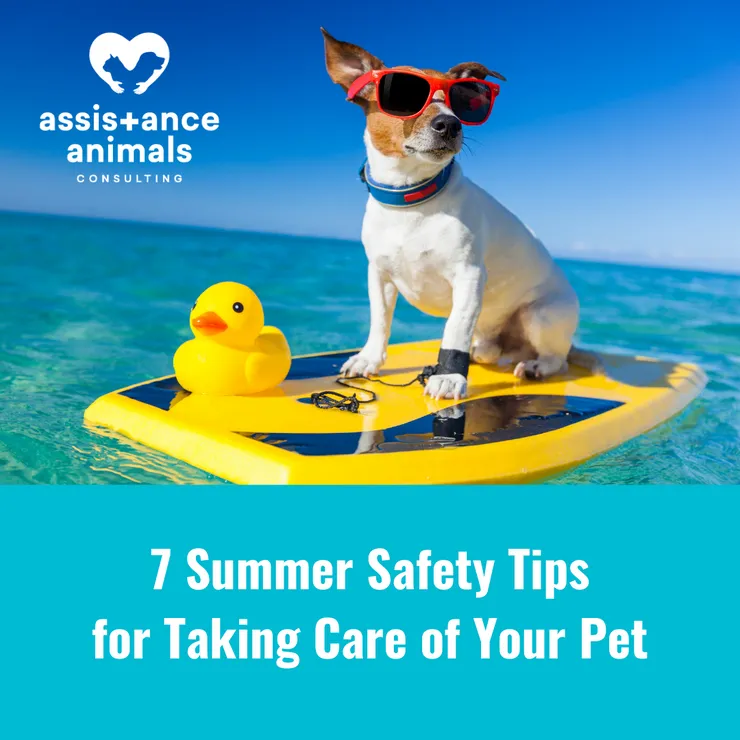
Pets do not sweat in the same way humans do and can easily become overheated. To avoid this problem and enjoy the summer season with your pet, consider these tips to keep them safer:
- Give them plenty of water and time in the shade.
Dogs and cats can easily become dehydrated in the summertime heat if they don't get enough water. Signs include dry gums or excessive drooling. Keep fresh, clean water on hand or even consider more
moist food in the summer time. Remember to keep them in the shade often to help keep them cool as
the outside temperature rises.
2. Know the Signs of Overheating
Dogs and cats don’t sweat like we do. They drink water and pant to bring down their body temperature.
Watch for these possible symptoms of overheating: Heavy Panting, Thick or Excessive Drooling,
Vomiting, Wobbly Legs, Dry Gums, Diarrhea. If your pet shows signs of heat exhaustion, take them to a
cool place, give them water, put a damp towel over their body, and get them to the vet for follow up
care.
3. Never leave your pet in the car - not even for a little while.
Most pets enjoy riding in cars. But they wouldn’t enjoy being stuck in a car somewhere in the parking lot when it heats up to over 100 degrees. It can take less than 10 minutes to develop heat stroke in dogs
and cats inside the hot vehicle. Not only is unsafe for your pets but 16 states have "hot car" laws that
prohibit this. These laws exist because it is proven to be so unsafe.
4. Keep your dog's paws cool and avoid hot surfaces
If you’re out in the sun together, try to keep your pet from walking on hot surfaces like pavement and
asphalt. Not only can it burn paws, but it can also increase body temperature and lead to overheating.
5. Pick safe walking times
If you have a dog, walk and exercise your dog in the early morning and late evening. Avoid walking or
exercise in the middle of the day. When outside, take breaks in the shade and have water available.
6. Avoid Sunburns
You may think shaving your dog a cat for the summer is the best solution to overheating. But your pet's coat is naturally designed to keep it cool during the summer and warm in the winter. Feel free to trim the fur on your pet in the summer, but never shave them bare. Be sure to leave at least a full inch of hair to protect your pet’s skin from sunburns.
7. Protect Your Pet From Parasites
In the summertime, fleas, ticks, mosquitoes, and other parasites are practically everywhere. They can carry tapeworms, heartworms, and diseases such as Lyme or Bartonella that can put your pet at a
higher risk. Talk to your vet for the appropriate medical prescriptions to keep your pets pest-free.
With these tips in mind you can rest assured that your pet will be more safe. Summer is a great time to go out and have fun together, and with a few precautions it is easy to take care of them while enjoying the outdoors as it heats up.


